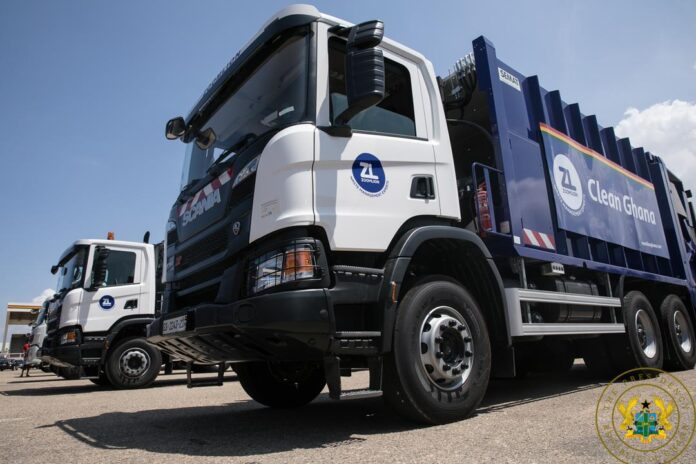A new report from the UN Environment Programme (UNEP) has revealed an alarming 30% increase in CO2 emissions from heavy-duty vehicles (HDVs) since 2000.
Trucks are responsible for 80% of this surge, and HDVs contribute over 40% of on-road nitrogen oxide (NOx) emissions, more than 60% of on-road particulate matter (PM 2.5), and over 20% of black carbon emissions.
The report, titled “Used Heavy Duty Vehicles and the Environment – A Global Overview of Used Heavy-Duty Vehicles: Flow, Scale and Regulation,” was co-launched by UNEP and the Climate and Clean Air Coalition (CCAC) in Nairobi, Kenya on February 22.
It outlines the scale and regulation of used HDVs and their impact on global air pollution, road safety, fuel consumption, and climate emissions.
Although HDV exports represent only 3.6% of the total value of the global automotive trade, they are expected to continue growing significantly due to increasing economic activities and the growing demand for transportation of people and goods.
Despite facilitating more cost-effective solutions to meet the increasing mobility demands in developing nations, the report reveals that regulations and enforcement regarding the quality of imported used HDVs are often lacking or nonexistent, exacerbating their environmental impacts.
Critically, the report indicates that no country has established minimum requirements for exporting used HDVs, and regulations in more than half of the countries importing used HDVs are classified as either ‘weak’ or ‘very weak,’ with inadequate enforcement.
While 25 African nations have implemented standards for used HDVs to address air pollution control, climate mitigation, and enhanced road safety, only four have fully enforced these regulations. UNEP’s head of Sustainable Mobility Unit, Rob de Jong, highlighted the need for ambitious regulations to mitigate emissions from trucks and buses, emphasizing the potential of cleaner bus technologies to drive a global shift towards low-emission and ultimately zero-emission transportation.
The report underlines the joint responsibility of both importing and exporting nations to ensure the presence of cleaner and safer used vehicles on the roads of developing countries. It advocates for increased public awareness and further research to maximize environmental and road safety benefits.
Moreover, adopting Euro VI equivalent vehicle emission standards and cleaner fuels could prevent up to 700 thousand premature deaths by 2030. Enhanced regulations on used HDVs could also promote greater adoption of advanced technologies like electric buses and trucks in developing nations.
The report represents the first attempt to quantify and characterize used heavy-duty vehicle flows, drawing on export data from Japan, the European Union, and the Republic of Korea, and extends to 146 predominantly low- and middle-income countries. Nonetheless, the report acknowledges limitations, including discrepancies in statistics and the absence of publicly available data from the USA and China.
UNEP leads efforts to promote environmental stewardship aimed at improving the well-being of present and future generations without compromising planetary health.

